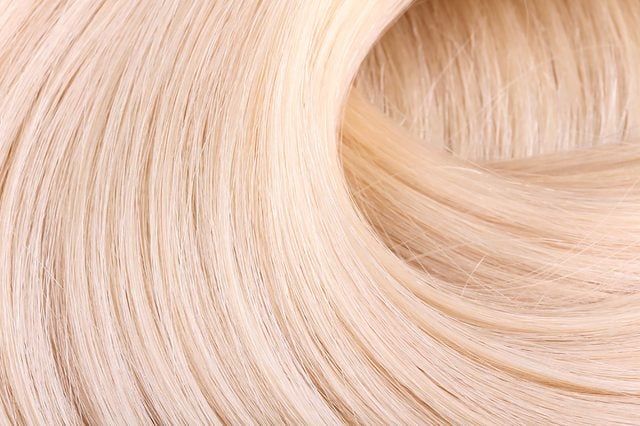
The importance of skin tone when it comes to hair color
When it comes to hair color, skin tone is an important piece of the puzzle. After all, genetics predict both features naturally, so if you’re altering that hue, it’s maintaining that balance between shades will ensure a look that feels right. For this reason, colorists pay close attention to the skin undertones of their clients when customizing color formulas and application techniques. “It is important to know the basics of tone and color, and color theory in order to create a look with intention and deliver optimal hair color results,” says Christine Thompson, celebrity colorist and co-owner of Spoke & Weal in New York City. While there’s certainly no right or wrong, since every shade is unique, Thompson says the key to mastering the right hue is to opt for rich tones rather than cool. “These rich tones will look beautiful and natural on almost everyone.” To help make sure you choose just the right blonde for you from the hundreds out there, we asked top stylists to share the best shades for each skin tone. And when you do land on the right shade, you’ll want these tips to make your hair color last longer.
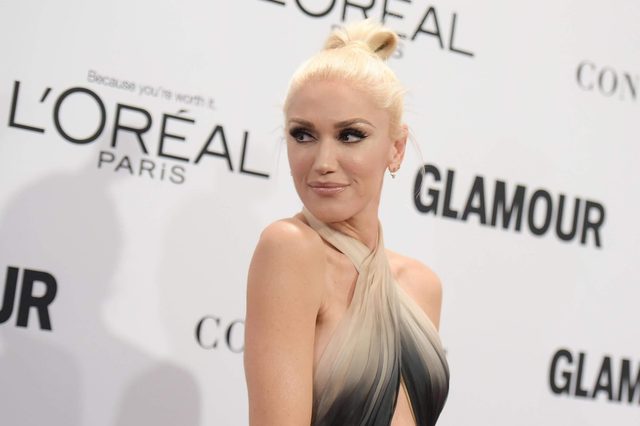
If you have fair skin
Is your skin light as porcelain? Deycke Heidorn says it’s perfect for a fairy tale light pastel blonde. “Going light blonde requires the highest level of hair bleaching,” she says. “This might sound unhealthy for your hair, but color companies have created amazing products to prevent the hair from breaking while bleaching it.” For clients with this color skin, Heidorn mixes Bond Builders (intensely nourishing ingredients) with the color products to protect your hair. And a must for upkeep is for her clients to use a solid purple shampoo on the reg once they leave the salon to keep the hair color from turning brassy. Here are other hair color mistakes you need to stop making.
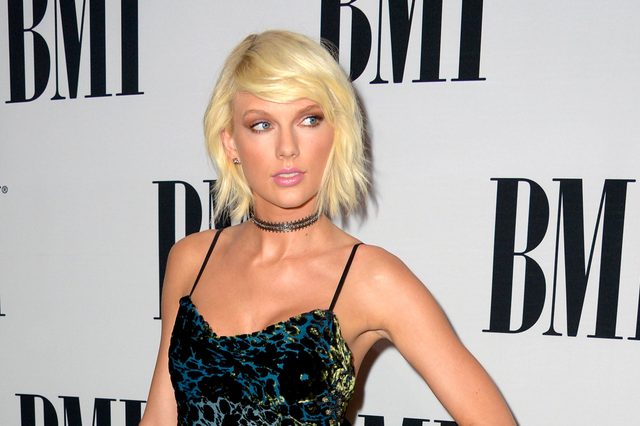
If you have light skin
“Those with light skin generally fall in the ‘cool’ category and can wear more ashy toned blondes and browns,” says Giselle, celebrity colorist at Pierre Michel Salon in New York City. “In other words, no golden blondes or butterscotch browns.” Think champagne or Scandinavian blonde. Those who have a hard time pulling off this coolness when it comes to blonde coloring are those with warmer, or olive-type skin. For those clients, Giselle suggests going warmer. “It gives them a more youthful appearance.” (More on that later!).
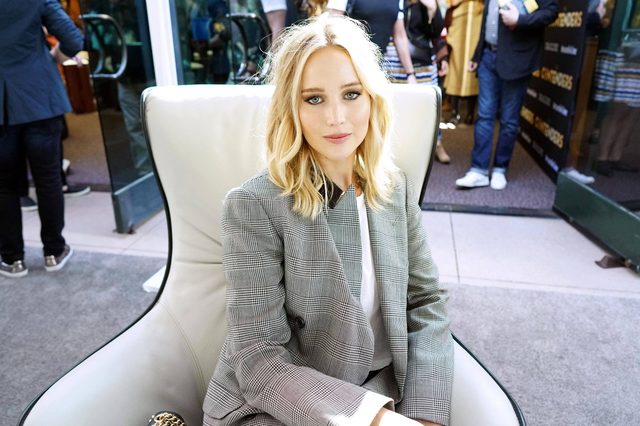
If you have medium skin
Those with medium skin have the best of both worlds—they can flirt between warm and cool tones and both will look very natural. “Medium skin women can generally wear more shades than anyone, but nothing too extreme,” says Giselle. Heidorn agrees, noting that warmer blonde tones like gold might make someone’s hair appear brassy. “A natural medium blonde base with cold and ash highlights will give you a fresh appearance,” she says. To achieve this ideal hue, she recommends hair painting and baby lights. “This way, the lighter shades blend more naturally.” Here are some tricks to stretching the amount of time you go in between appointments.

If you have warm skin
If you have warm skin, you can stick with an analogous color scheme, says Thompson. “Gold, soft gold, golden beige, neutral blondes all would work best and easiest.” If you do move outside these undertones, she recommends considering root, eyebrow and makeup applications that can help complete and connect the look. Do be careful with colder and ashy tones, as Heidorn warns that they may be too much of a contrast for your skin and may appear unnatural. These are the 12 worst things you can do to your hair.
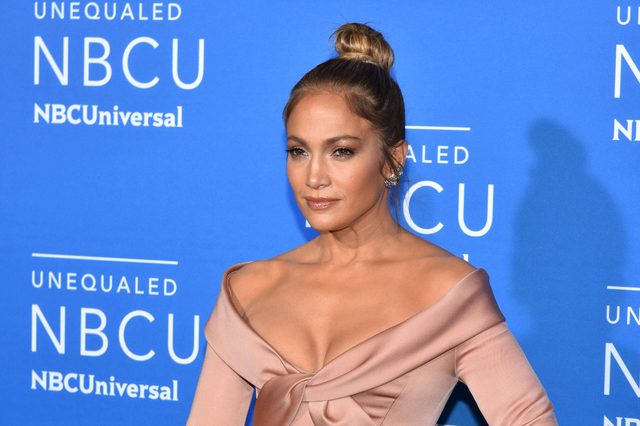
If you have olive skin
If your skin tone is more Mediterranean, or olive, Thompson recommends proceeding with an analogous palette (a range around that olive tone), which would be soft gold, warm beige, soft copper. “If you go with a cool or violet red, this could bring out the green in their skin in a way that is unflattering,” she says. “The analogous color range is a safe, easy, natural place to stay.” If you do go outside of this range, she recommends against incorporating a great deal of color contrast. “The more of a contrast you have in the undertone or depth of the blonde, this causes more contrast to come out in other areas which can bring out imperfections in the skin.” You should also consider your skin tone when selecting makeup shades. Here’s how to find the best lipstick for your skin tone.
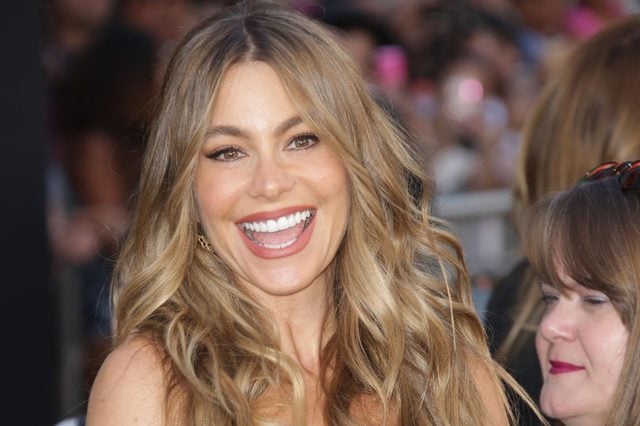
If you have tan skin
If your hair is naturally medium to dark brown, and you consider going blonde, Heidorn suggests a mix of darker and lighter blonde tones. “This technique uses two or more warmer blond tones that are painted mainly into the lengths of your hair,” she says. “Using different shades will add dimension and volume. Leaving your roots natural, the warmer shades in your lengths will create a gorgeous frame for your face.”
Psst! Blond vs. blonde: which one is correct?
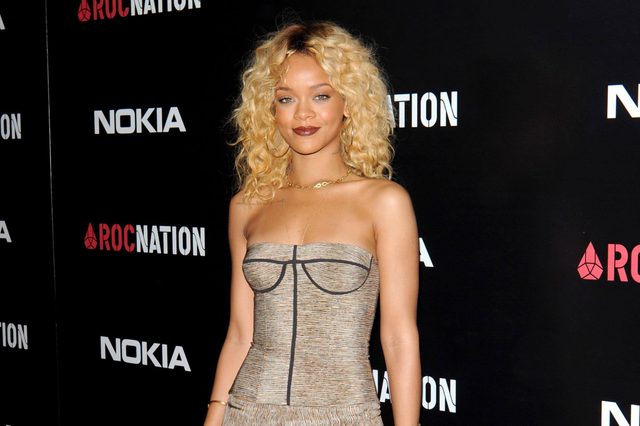
If you have dark skin
“When your skin and hair is darker, going blonde is a fashion statement,” says Heidorn. “You can go from platinum to a golden hue—almost anything!” She does warn against basic highlights or balayage for women with a dark skin tone, since these techniques won’t have the impact and may look messy when the hair color is dark. “You need an overall, even color change,” she adds. Whatever color you choose to go with, keep your roots natural. “Save about two inches of hair growth and have your colorist lighten your hair in your desired blonde towards lengths and ends,” she says. “This way, your re-growth will naturally blend in.” Learn how to understand “salon-speak,” including learning what balayage means, before your next appointment.
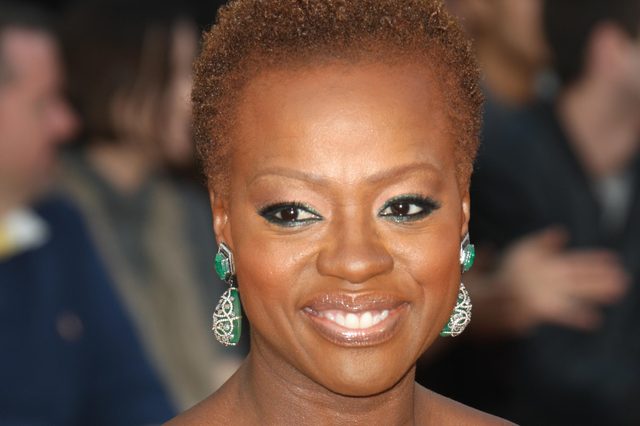
If you have deep skin
“Deeper skin tones work best with a deeper base color, especially around the face,” says Chelsea Smith, master colorist for Madison Reed. Balayage or ombré blonde are her go-tos for clients with this skin tone. “For warmer undertones, honey, sable, and caramels work best and for cooler undertones, I lean more towards baby blonde pieces in front.” Next, learn the best eye makeup shades for your eye color.
